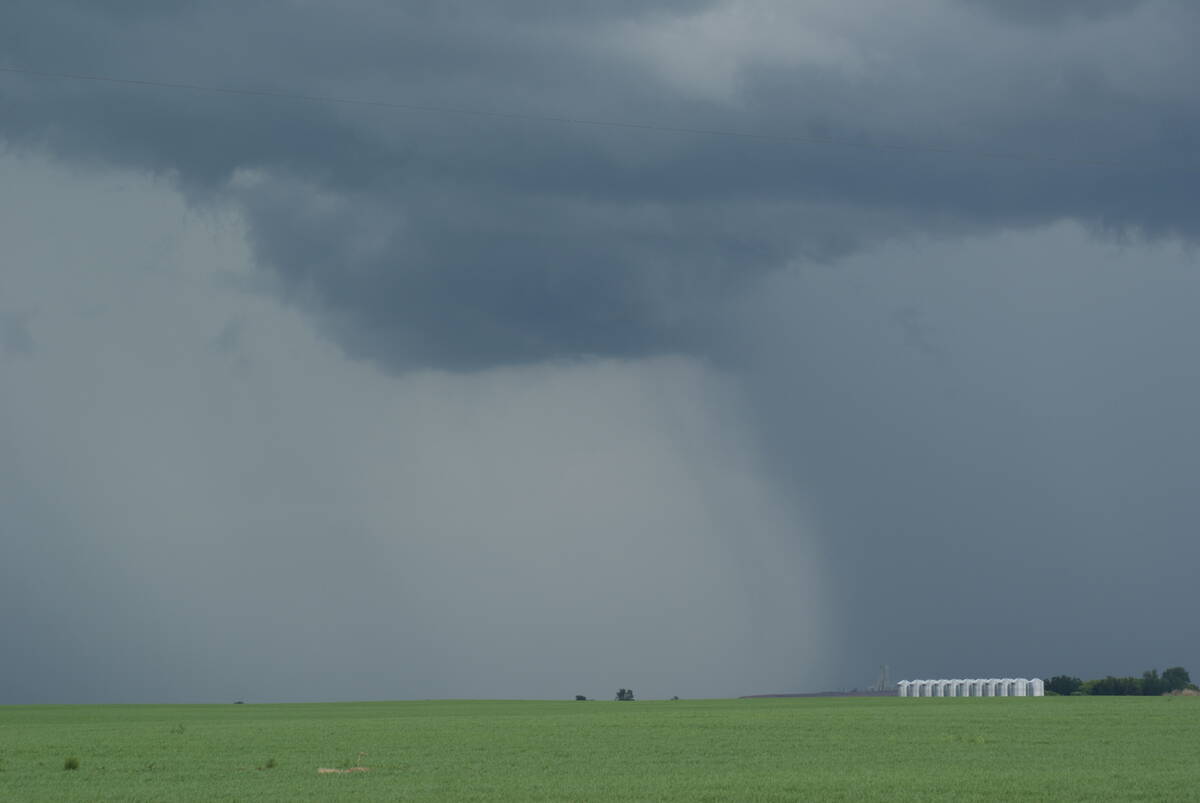I had lunch last Thursday. I had a big bowl of soup, thick with chunks of beef and seasonal vegetables, along with a sesame bagel covered in rich cream cheese.
I sat alone in air-conditioned comfort in our cafeteria until Shauna Brand, our classified manager, came in to join me. She had leftover stir-fry, followed by a spectacularly juicy orange.
None of this is out of the ordinary, except this day Shauna and I discussed the famine in the Horn of Africa – how 360,000 Somalis were trying to survive in a Kenyan refugee camp, in a country itself facing huge food shortages; how half of Somalia’s 7.5 million people are facing a food crisis; and how 3.2 million need “immediate, lifesaving assistance,” according to the Famine Early Warning Network.
Read Also

Canadian farmers need new tools to support on-farm innovation
Farmers need a risk management buffer that actually works and investment that drives advancements forward if Canada is to build resilience.
On Thursday, we could not help but be overwhelmed by how lucky we are, how well-fed we are, how we are not living in a dry, dusty and hot refugee camp with no water and enormous threat of disease.
Sometimes, that combination of outrage over the unfairness of it all, and the joy of being relatively safe and happy, just slams you in the head. It made me want to cry, but instead, I channelled that feeling into a good roaring bout of anger.
Once that burned off a bit, I thought about how we can help – as in we, the little people, not the blinded governments that should have reacted long since.
The Canadian Foodgrains Bank is one avenue because it understands that providing food aid has its issues apart from dodging rotten governments or warlords to get the food in.
One of the issues is that the Somali diet is different from ours, and just shipping over our foods may not be helpful. Corn and beans are more palatable and digestible to most Somalis, who also include millet, sorghum, meats, vegetables, rice and pasta in their diets.
The foodgrains bank tries to access local food when possible to accommodate local diets. A fairly recent shipment to Zambia, for example, included a mix of Canadian beans and locally purchased white corn.
While the foodgrains bank is a distinctly Canadian aid group, the Red Cross, Oxfam, UNICEF and other organizations are also worthy alternatives.
If we do what we can, we may enjoy our own lunches a little bit more today.














